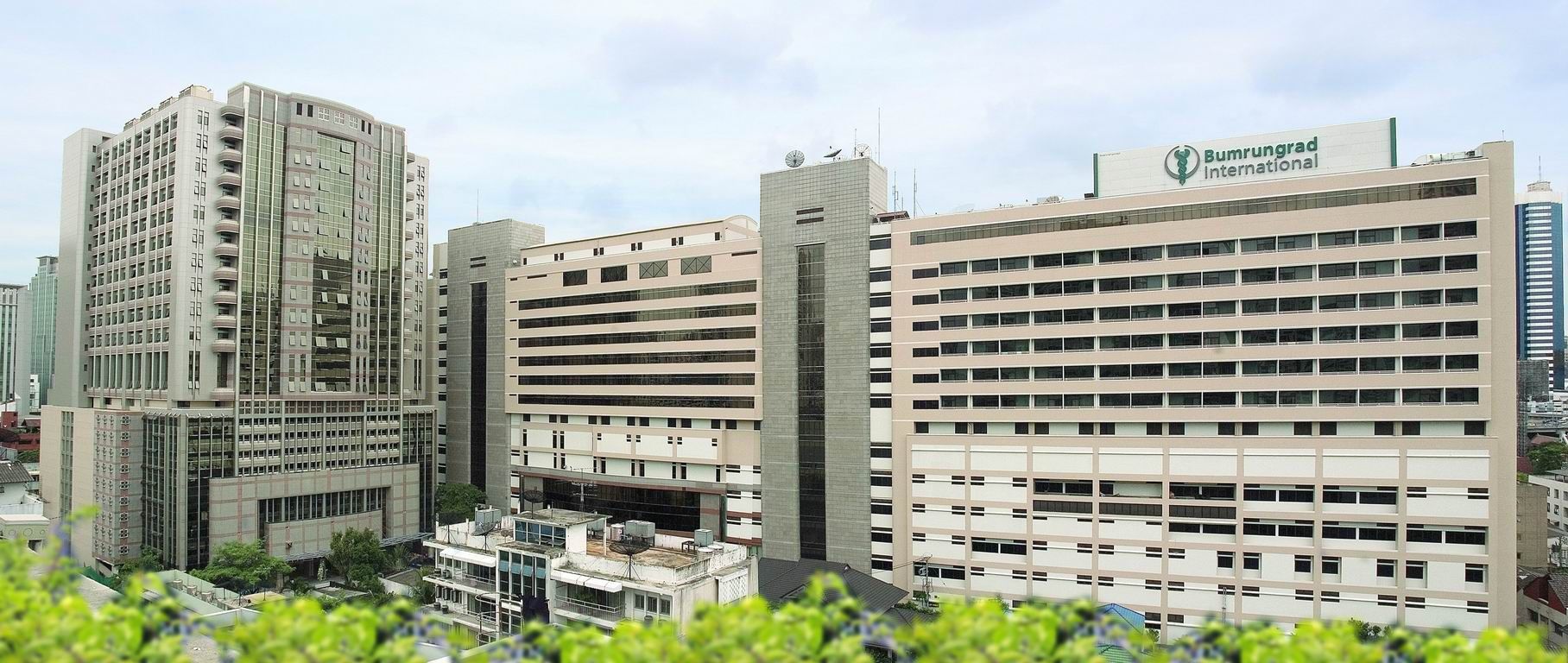Pediatrics
Orchidopexy Unilateral
Orchidopexy Unilateral
Orchidopexy unilateral is a surgery to move an undescended testicle into the scrotum, improving fertility and reducing cancer risk. The procedure uses a small incision and has a quick recovery.
Unilateral orchidopexy surgery
Unilateral orchidopexy is a procedure which moves an undescended testis into the scrotum and then secures it to prevent re-ascent. It is performed in the case of ascended testicles in only one side (unilateral).
Indication of Unilateral Orchidopexy
- To repair undescended testis (either inguinal canal or abdominal).
- In order to maintain fertility potential.
- To decrease chances of undescended testes related testicular cancer.
- To avoid abnormal position that causes testicular torsion or trauma.
- To enhance cosmetic looks and mental discomfort.
Orchidopexy for undescended testicle
Orchidopexy (or orchiopexy) is the procedure to mobilize an undescended testicle and securely fix it within the scrotal sac. It is the most common procedure in childhood.
Purpose of Orchidopexy
- To get the testicle into the scrotum.
- To maintain fertility through the normal growth of sperm.
- To decrease the chance of testicular cancer (predisposed by undescended testes).
- To avoid twisting (torsion) or testis trauma.
- To enhance the symmetry and look of the scrotum.
Types of Undescended Testis
Palpable (can be felt):
- Testis is found in the inguinal canal or outside of the external ring.
- Usually the repair is by open orchidopexy.
Non-palpable (not able to be felt):
- The testis may be intra-abdominal, absent or regressed.
- Laparoscopic orchidopexy is also frequently performed for repair.
Age for Surgery
- Best age: Between 6 months to 1 year of age.
- Current recommended age: < 18 months, to preserve fertility and avoid the risk of malignancy.
- Post-pubertal surgery is not the most effective in fertility preservation.
Orchidopexy surgery procedure
Preparation Before the Procedure
- It was a physical examination to determine whether the testicle can be felt (in the groin) or cannot be felt (in the abdomen).
- In non-palpable testis, USG or D-L can be done.
- Routine blood and urine examination.
- Eating 6-8 hours before surgery.
- Pediatric informed consent (parental).
Type of Anaesthesia
- General anaesthesia - the patient is totally asleep and in painless state.
- In some cases, a local anaesthetic block is used to combine with it and manage postoperative pain.
Surgical Procedure Steps
Abstract: Palpable (Inguinal) Undescended Testis Open Orchidopexy.
Groin Incision:
- In order to identify the undescended testis, a small opening (23 cm) is created in the groin fold.
Mobilization of Testis:
- The surgeon then carefully removes the testis and spermatic cord out of surrounding tissues to ensure that they have sufficient length to descend.
Hernia Sac Management (present):
- Any hernia sac related to it is dissected and ligated (high ligation).
Scrotal Incision and Pouch Creation:
- A second minor incision is done on the scrotum and a dartos pouch (space on the wall of the scrotum) is developed.
Descent and Fixation:
- The testis is easily drawn down into the scrotum using a hole formed under the skin and sewed into the pouch so that it cannot go back up.
Closure:
- Both wounds are sewn using absorbable sutures and sterile dressings.
Non-Palpable (Intra-Abdominal) Testis Laparoscopic Orchidopexy
Laparoscope Insertion:
- Little cuts are done and a laparoscope (camera) is passed to identify the testis within the abdomen.
Mobilization:
- The testis and the spermatic vessels are released to give sufficient length.
Descent into Scrotum:
- A small incision of the scrotum is made and the testis is moved down to secure it in the scrotum.
Closure:
- The minute laparoscopic port incisions are sewn using small fine sutures.
- In case the testicular vessels are too short then procedure can be staged (two-step Fowler-Stephens orchidopexy).
Duration of Surgery
- Unilateral: 30-60 minutes
- Bilateral: 60-90 minutes
- It is typically done as a day-care process.
Recovery and Postoperative Care
- As the patient goes through a couple of hours after surgery, he or she is observed.
- Released the following day or the next morning.
- Mild pain or swelling for 2-3 days
- Analgesics.
- Tidiness: Don't touch any wounds; do not keep tight.
- Activity: Normal exercises can be resumed after 2 to 3 days; do not use sports and bicycle for 2-3 weeks.
- Follow-up: To assess healing and testis position 1-2 weeks post-operatively.
Orchidopexy recovery time
Orchidopexy (surgery to bring down an undescended testicle) recovery is usually fast and uneventful particularly in children. Recovery will be based on the kind of surgery (open or laparoscopic), age of the child and the personal capacity to heal.
Hospital Stay
- Most of the cases are day-care procedures - after a child can go home the same day or after an overnight observation.
- In case of a complex surgery or bilateral surgery the length of hospitalization can be a bit longer (1-2 days).
Recovery at Home
Immediate (0–3 days)
- Minimal swelling/bruising/pain of the groin/scrotum. The pain is moderate, and this is managed with drugs.
Early Recovery (4–7 days)
- Child again walks, lightly playing. Stitches start healing. Swelling decreases.
Complete Recovery (2–3 weeks)
- Surgical wounds fully heal. Testis is fixed in scrotum. Normal operations may be reinstated.
Pain and Swelling
- Light discomfort is found to last 2-3 days.
- Analgesic.
- Swelling/bruising for a week.
Activity Restrictions
- First 3-5 days: Support rest and eliminate rough play.
- 1-2 weeks: Do not run, jump, ride bicycles or get on toys.
- When healing has been established, the normal activities, such as sports can be reinstated after 2-3 weeks.
Wound Care
- The area should be dry and clean.
- Friction should be prevented by wearing loose clothes.
- Sponge baths up to 2-3 days; normal bathing with the permission of the surgeon.
- Stitches are soluble and they do not require removal.
Follow-Up Visits
- 1st visit: 7-10 days: to assess wound healing and testis position.
- 2nd visit: 1 -3 months: to confirm the normal growth of the testis.
- Regular annual examinations can be recommended until the puberty.
Long-term Recovery and Outcomes
- Testis is normally permanently fixed in the scrotum.
- Normal testicular development and functioning should be present, particularly when operated upon prior to the age of 1 year.
- Mostly, fertility and hormonal functioning is maintained.
Unilateral orchidopexy success rate
Unilateral orchidopexy -surgery to pull one undescended testicle into the scrotum- This is a highly successful surgery that is performed on infants and young boys, especially.
Overall Success Rate
- Unilateral orchidopexy has an overall success rate of 95-98% i.e. after surgery; the testis is permanently retained in the scrotum.
- When it is done at an early age (before age 1 year) the success rates and long term testicular performance are even greater.
Conclusion
Unilateral orchidopexy is a safe and effective and commonly practiced surgery to correct an undescended testicle on one side. Performed early, at an age of 6 months to 1 year, it provides the most favorable results in terms of testicular development, fertility maintenance, and the decrease of risks of cancer. Overall, the success rate of the surgery is very high (95 98 per cent), with minimal complications in case of a qualified surgeon. Recovery typically is uneventful and the testis will persist in its rightful scrotal location indefinitely. These factors include early diagnosis, early intervention, and follow-up to ensure that the patient has maximum long-term reproductive and hormonal functionality, the appearance and psychological state of the patient should be normal.
Affordable unilateral orchidopexy India GetWellGo
GetWellGo is regarded as a leading supplier of healthcare services. We help our foreign clients choose the best treatment locations that suit their needs both financially and medically.
We offer:
- Complete transparency
- Fair costs.
- 24 hour availability.
- Medical E-visas
- Online consultation from recognized Indian experts.
- Assistance in selecting India's top hospitals for unilateral orchidopexy treatment.
- Expert urosurgeon with a strong track record of success
- Assistance during and after the course of treatment.
- Language Support
- Travel and Accommodation Services
- Case manager assigned to every patient to provide seamless support in and out of the hospital like appointment booking
- Local SIM Cards
- Currency Exchange
- Arranging Patient’s local food
FAQ
Will the testicle work well following an operation?
- Yes. When surgery is conducted early, the testis tends to grow and perform normally and help in fertility and hormone production.
Does the undescended testis correct itself?
- In other cases it can naturally be delivered even before the age of 6 months.
- Otherwise, the surgery is induced as soon as possible.
Will there be visible scars?
- Very small tightly healed scars are left around the groin and the scrotum and they fade away with time normally covered by skin folds.
Is it possible to perform orchidopexy in adults?
- Yes, but it is not so effective in restoring fertility. In the case of adults, cosmetic correction and reduced risk of cancer are the primary aims.
Would my child be fertile having undergone orchidopexy?
- In case of undescended testis in only one side and early surgery was performed, the fertility is normal in most cases.
- The lagging of surgery or bilateral situations can marginally diminish the fertility potential.
TREATMENT-RELATED QUESTIONS
GetWellGo will provide you end-to-end guidance and assistance and that will include finding relevant and the best doctors for you in India.
A relationship manager from GetWellGo will be assigned to you who will prepare your case, share with multiple doctors and hospitals and get back to you with a treatment plan, cost of treatment and other useful information. The relationship manager will take care of all details related to your visit and successful return & recovery.
Yes, if you wish GetWellGo can assist you in getting your appointments fixed with multiple doctors and hospitals, which will assist you in getting the second opinion and will help you in cost comparison as well.
Yes, our professional medical team will help you in getting the estimated cost for the treatment. The cost as you may be aware depends on the medical condition, the choice of treatment, the type of room opted for etc. All your medical history and essential treatment details would be analyzed by the team of experts in the hospitals. They will also provide you with the various types of rooms/accommodation packages available and you have to make the selection. Charges are likely to vary by the type of room you take.
You have to check with your health insurance provider for the details.
The price that you get from GetWellGo is directly from the hospital, it is also discounted and lowest possible in most cases. We help you in getting the best price possible.
No, we don't charge patients for any service or convenience fee. All healthcare services GetWellGo provide are free of cost.
Top Doctors for Pediatrics
Top Hospitals for Pediatrics
Contact Us Now!
Fill the form below to get in touch with our experts.







